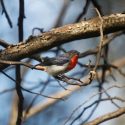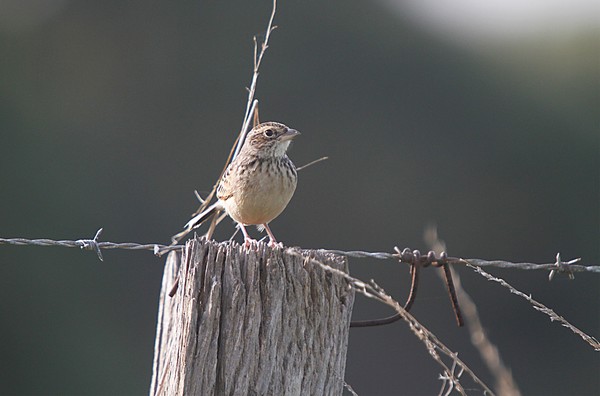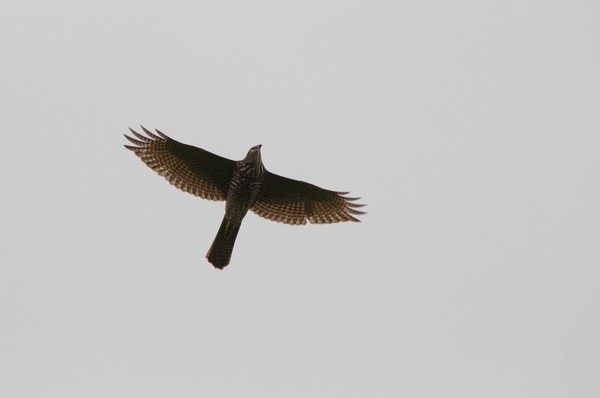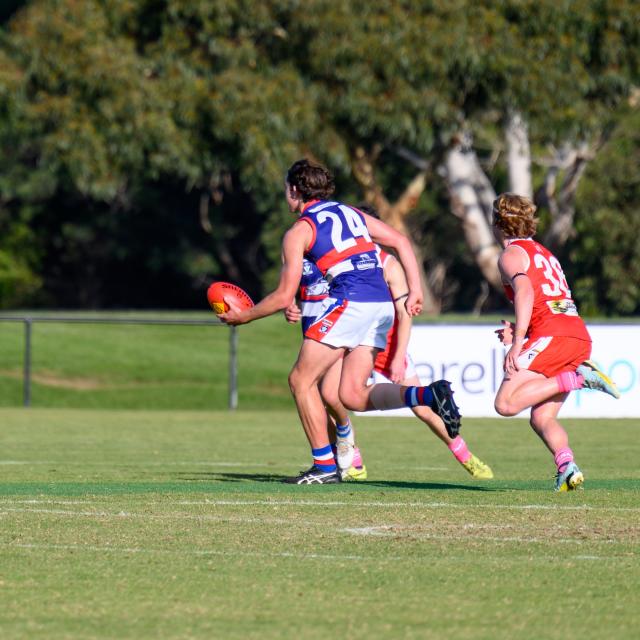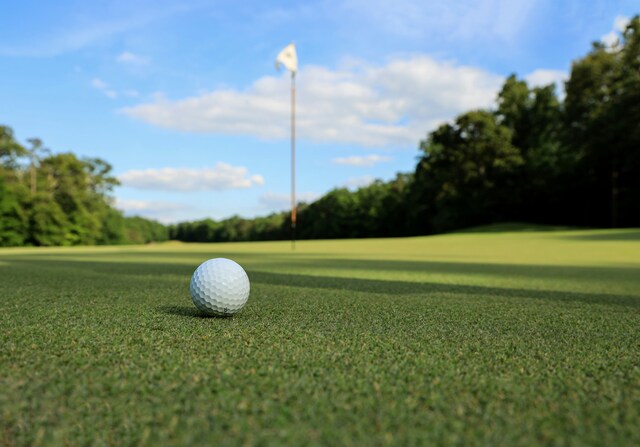It’s been a busy few weeks for me so I haven’t had much time to go out and about, and when I have had time to explore the Bellarine it has been pouring with rain. The rain has been very welcome, and it’s certainly great to drive around the Bellarine and see the farm dams full to overflowing.
I did pop into Freshwater Lake a few times last week. Tom Fletcher told me that he saw a small flock of cattle egrets mingling with the Galloway cattle as he drove down the hill from Ocean Grove towards Point Lonsdale, so I drove down that way a few times and couldn’t see a single cattle egret.
So I thought I’d visit Freshwater Lake, and it was just lovely there.
I saw a large, well fed fox which didn’t thrill me, but also checked out a small flock of spiny-cheeked honeyeaters, as well as some white-naped honeyeaters, red wattlebirds, brown thornbills, and superb fairy wrens. The highlight was spotting several mistletoebirds, both males and females (including a young female).
There is an abundance of mistletoe fruit around Freshwater Lake at the moment. Mistletoebirds are found in most regions of Australia, and their preferred food is the berries produced by mistletoe.
In Australia there are around 90 species of mistletoe, 70 of which are native, so mistletoebirds have a widespread food source as they can exist in a variety of climates.
The flowers, fruit, nectar and leaves of mistletoe are all highly nutritious. Besides mistletoebirds, a wide range of wildlife depends on mistletoe, including koalas, sugargliders, possums, birds and insects.
The tradition of hanging it in the house at Christmas goes back to the times of the ancient Druids in England. It is supposed to possess mystical powers which bring good luck to the household and wards off evil spirits. It was also used as a sign of love and friendship in Norse mythology and that’s where the custom of kissing under mistletoe comes from. So if anyone wants to kiss under some mistletoe it’s worth a visit to Freshwater Lake at the mo!
Mistletoe plants are semi-parasitic. They have chlorophyll in their leaves and can therefore manufacture their own food, however they need a host to provide water and support (in other words they use the host as a root system). Trees infested with mistletoe may die but this is often because the tree is already under stress.
The seeds within these fruits pass through the birds’ digestive system and are excreted in a form that sticks to tree branches, which spreads the mistletoe from tree to tree.
The mistletoebird is the only Australian species of bird that belongs in the flowerpecker family. Males have a blue-black head, wings and upperparts, with a bright red throat and chest and a white belly. Females are grey above, and white below, with a grey streak on the belly, and a red undertail.
I have always found mistletoe birds very hard to photograph. Last year in Darwin I was on a guided birdwatching tour, and a male mistletoebird was posing at head level right in front of me, and I was so thrilled that I shook the camera and missed the photo! Duh. Therefore I was determined to make amends at Freshwater Lake, but I didn’t succeed, so will have to keep plugging away until another one poses for me again.
I drove my daughter to school a few times last week and drove home via Curlewis. One morning I had a close encounter with a little eagle, whistling kite, several European greenfinch, Australasian pipits, flame robins and a golden-headed cisticola – a purple patch indeed.
I saw a bird that looks like a female house sparrow, but I think it’s a Horsefields bushlark. The Horsfield’s bushlark is a small (15cm) bird with a short sparrow-like bill. The upper parts are brown, red or sandy in colour. The breast is mottled or streaked and it has a buff eyebrow.
I did see a young (what I think was a) collared sparrowhawk flying around Curlewis. The bird has a long middle toe, sharp cornered tail – I will let people make up their own minds to ID the bird once they see the photo.
Kevin sent some photos of a few black-winged stilts taken at Lake Modewarre. I bet Lake Modewarre has a lot more water in it than the last time I visited it. Thanks Kevin for the beautiful photos.
I’m looking forward to hearing John Sharp talk about his bird photography techniques on Sunday 7 May, at 8.30am, at the information centre of the OGNR.
If you are interested in organised bird watching activities, you can check out the trips organised by Bellarine Birdlife at www.birdlife.org.au/locations/birdlife-bellarine-peninsula
– Jen Carr, jennifer.carr6@bigpond.com

